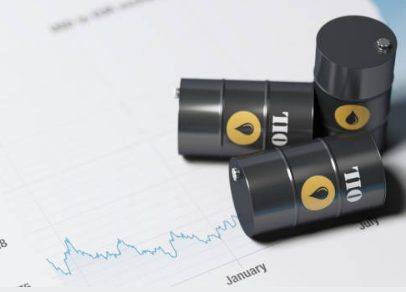
Haiden Holmes
Jul 08, 2022 11:25
Following a two-day blitzkrieg that pushed the yellow metal's price to 10-month lows, gold bulls are currently enjoying a reprieve.
The question is whether or whether it will last. And may this time be the turning point for the fortunes of those who have invested heavily in bullion.
The answer may be very dependent on the dollar's future performance. This week, until Thursday, the Dollar Index, which measures the U.S. currency to six other majors, reached new 20-year highs.
Gold futures for August settled at $1,733.70 on the New York Comex on Thursday, a rise of $0.30. It touched a 10-month low of $1,730.70 on Wednesday, after dropping more than $75, or 4 percent, during the previous two days.
Gold's malaise is mostly attributed to market expectations that the Federal Reserve would conduct successive aggressive rate rises in a bid to combat inflation that has reached levels not seen in 40 years.
Fed officials have confirmed a substantial amount of this position, with Governor Chris Waller noting on Thursday that the central bank must "front-load" rate increases — that is, hike them early and forcefully if necessary — if it is serious about lowering inflation.
Waller argued that forecasts of a U.S. recession were "exaggerated," indicating that the economy could survive more rate increases without collapsing, and he supported a 75 basis point rate hike in July.
According to a number of analysts, the Federal Reserve kept interest rates too low for too long, and its catch-up might disrupt the recovery from the coronavirus pandemic made since last year, and perhaps precipitate a U.S. recession.
The Fed held interest rates between zero and 0.25 percent for two years during the outbreak until increasing them in March of this year. In April, it was raised by 25 basis points, or a quarter of a percentage point, and in May, by 50 basis points, or a half of a percentage point. In June, it increased rates by 75 basis points, or three-quarters of a percentage point – the highest rise in 28 years – to a range of 1.5 to 1.75 percent.
Inflation in the United States has been at four-decade highs since late last year, with the widely followed Consumer Price Index climbing at an annualized rate of 8.6 percent as of May. The inflation target of the central bank is merely 2 percent per year, and it has vowed to raise interest rates as much as necessary to achieve this.
Since the Atlanta Fed predicted a 1% decrease in gross domestic product (GDP) for the second quarter, there has been an uptick in recession talk around the United States. In the first quarter, the Commerce Department recorded an official GDP decline of 1.6%. Generally speaking, an economy is considered to be in recession if its GDP declines for two consecutive quarters.
Recent economic indications suggest that the United States may be on the cusp of an economic downturn.
The closely monitored indicator of the U.S. services sector hit a 20-month low in February, according to data released on Wednesday. According to monthly data issued by a private sector employment tracker on Thursday, the United States reported the highest number of job cuts in 16 months in June, indicating that the red-hot US labor market may be cooling. The Labor Department reported a decline in job openings from April to May, from 11,68 million to 11.25 million.
The Labor Department will release the more crucial June nonfarm payrolls data on Friday. Economists anticipate that around 268,000 payrolls were added in June, compared to 390,000 in May, keeping the unemployment rate at 3.6% for the third straight month. The Federal Reserve considers a rate of unemployment of 4 percent or less to signify full employment. To establish the employment market's sensitivity to interest rate changes, the central bank closely monitors all labor market statistics.


Jul 11, 2022 11:08